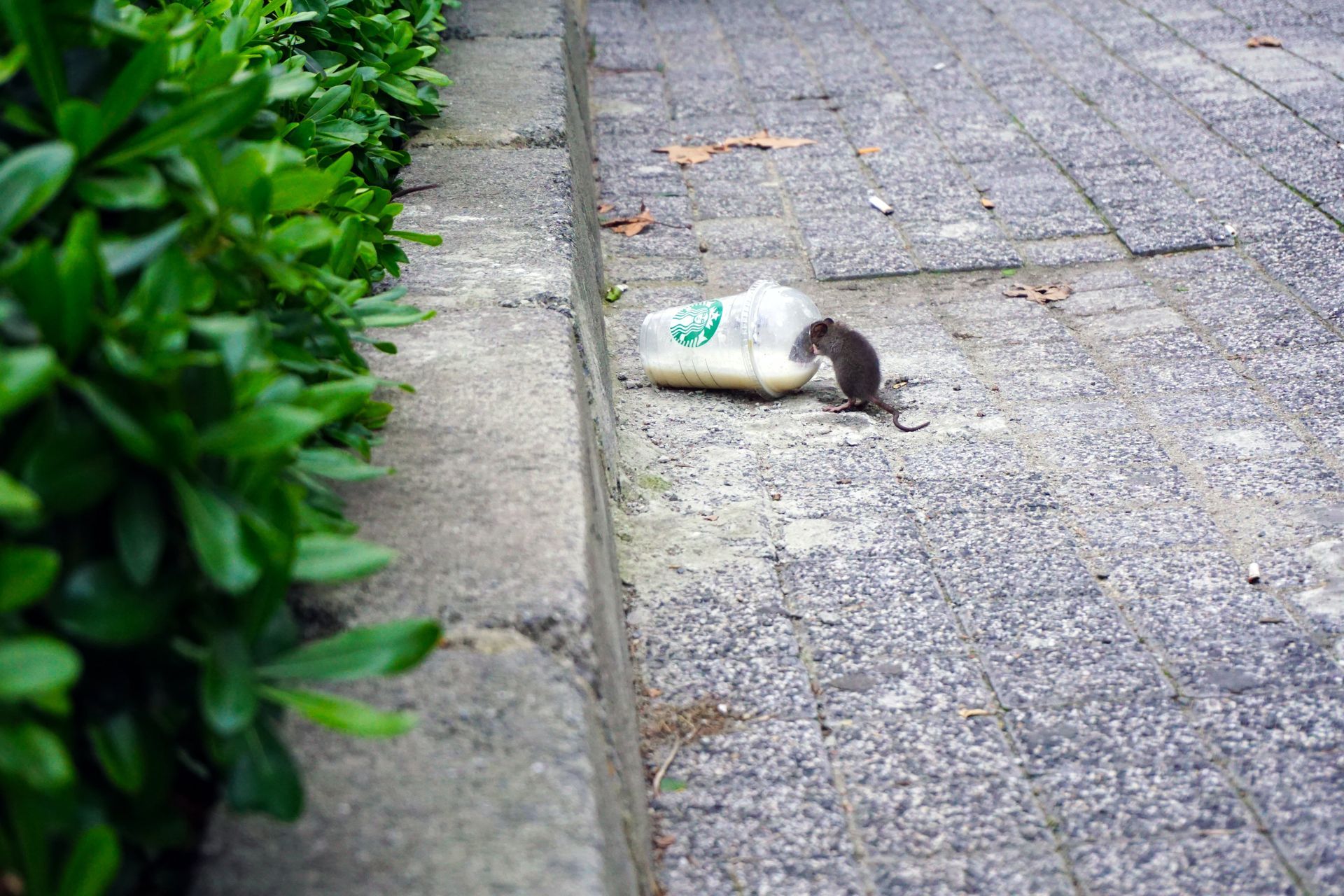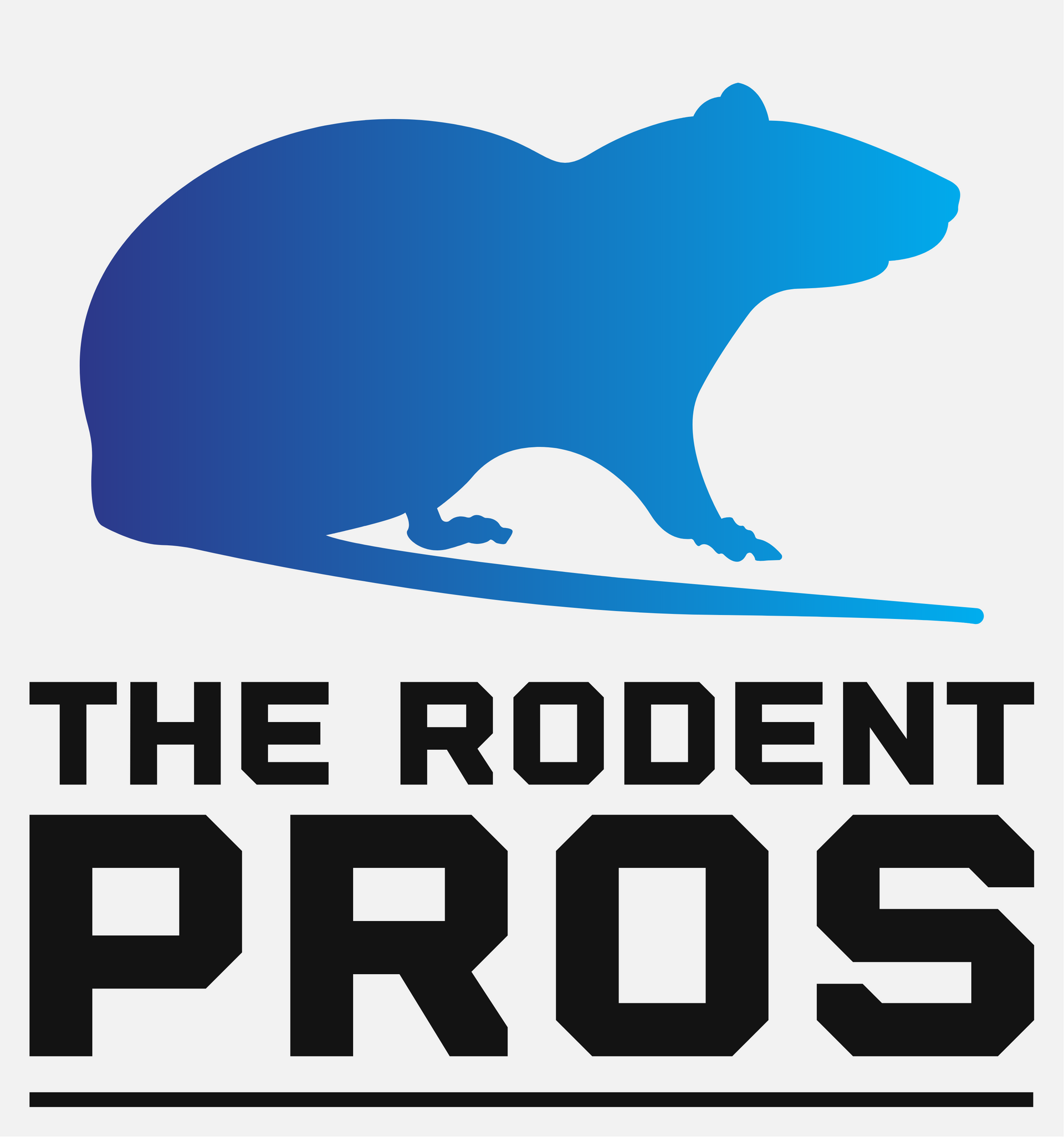
Identifying Rodent Activity in Your Home
The Rodent Pros Offer rodent trapping, rodent removal, rodent exclusion, rodent sanitation and rodent remediation services to all cities within a 50 miles radius of Tampa Florida.
To Call and schedule a free inspection click here
Detecting rodent activity early can prevent significant damage and health risks in your home. One of the primary indicators of a rodent infestation is the presence of droppings. Rodent droppings are small, dark, and pellet-shaped, often found in kitchens, pantries, basements, and along walls. Fresh droppings are moist and dark, while older droppings are dry and grey. Regularly inspecting these areas can help you spot signs of an infestation before it becomes severe.
Another clear sign of rodent activity is gnaw marks. Rodents need to constantly gnaw to keep their teeth sharp and manageable. You may find these marks on food packaging, wooden furniture, electrical wiring, and structural elements of your home. In addition to gnaw marks, look for shredded paper, fabric, or insulation materials, as rodents use these to build their nests. Discovering these materials in hidden or undisturbed areas of your home is a strong indication of an active rodent presence.
Rodents are nocturnal creatures, so you are more likely to hear them at night. Listen for scratching, scurrying, or squeaking sounds coming from walls, ceilings, or floors. These noises are often most noticeable at night when the house is quiet. Additionally, you might notice the sound of gnawing or rustling as rodents move around and search for food. Paying attention to these sounds can help you pinpoint the areas where rodents are active.
Another way to identify rodent activity is through the presence of tracks or runways. Rodents often use the same paths repeatedly, leaving visible tracks in dust or dirt. Look for smudges or grease marks along walls, as these are created by the oil and dirt from the rodents' fur. You may also find footprints or tail drag marks in less frequently cleaned areas. Setting up a layer of flour or talcum powder in suspected areas can help you detect these tracks more clearly.
Lastly, unusual pet behavior can be a sign of rodent activity. Pets, especially cats and dogs, may become more alert or agitated in areas where rodents are present. They might sniff around, paw at walls, or bark at seemingly empty spaces. Observing your pet's behavior can provide clues to hidden rodent activity. By combining these detection methods—checking for droppings, gnaw marks, sounds, tracks, and paying attention to your pets—you can effectively identify rodent activity in your home and take appropriate action to address the infestation.
600 Cleveland Street
suite 374

